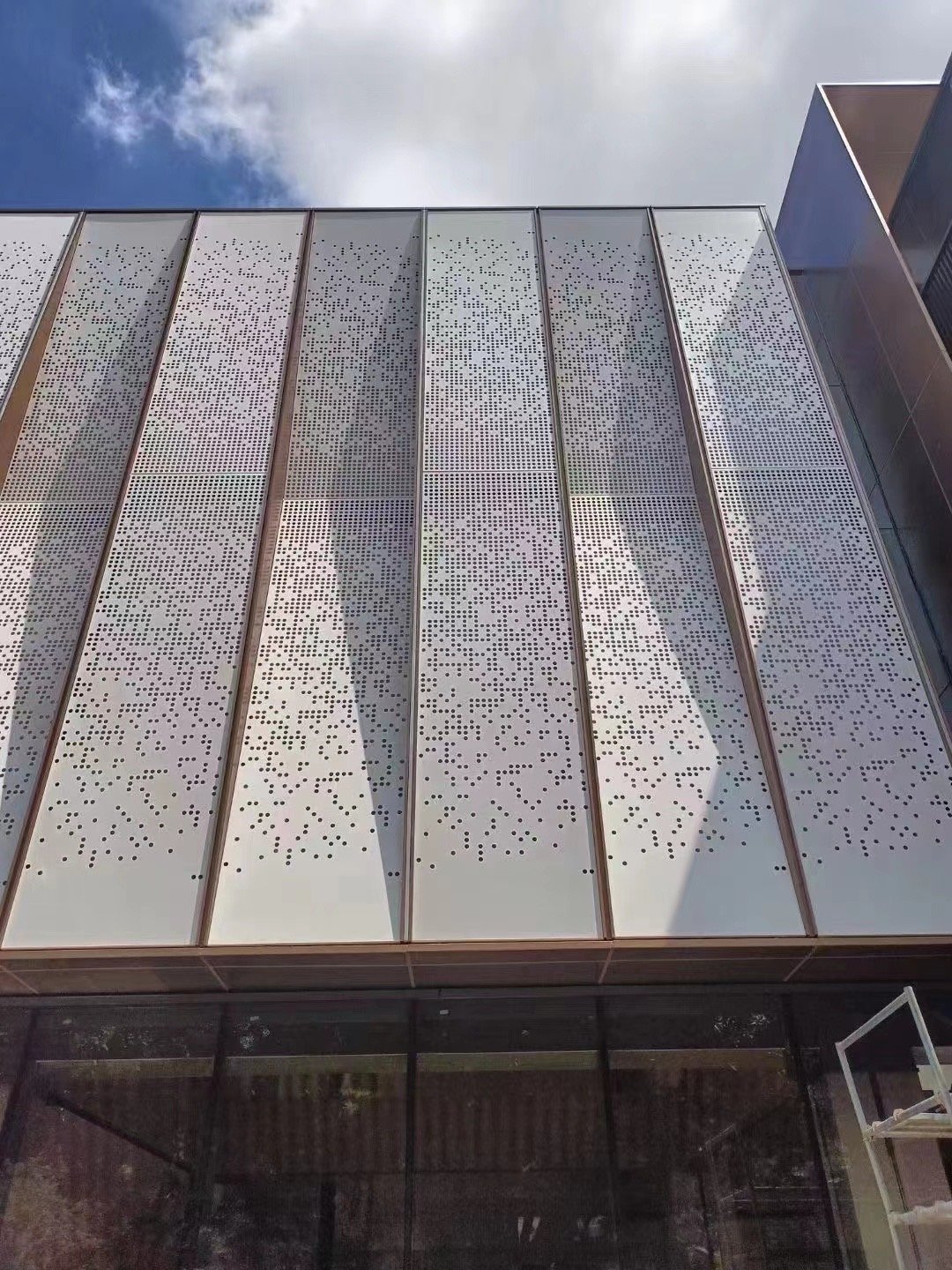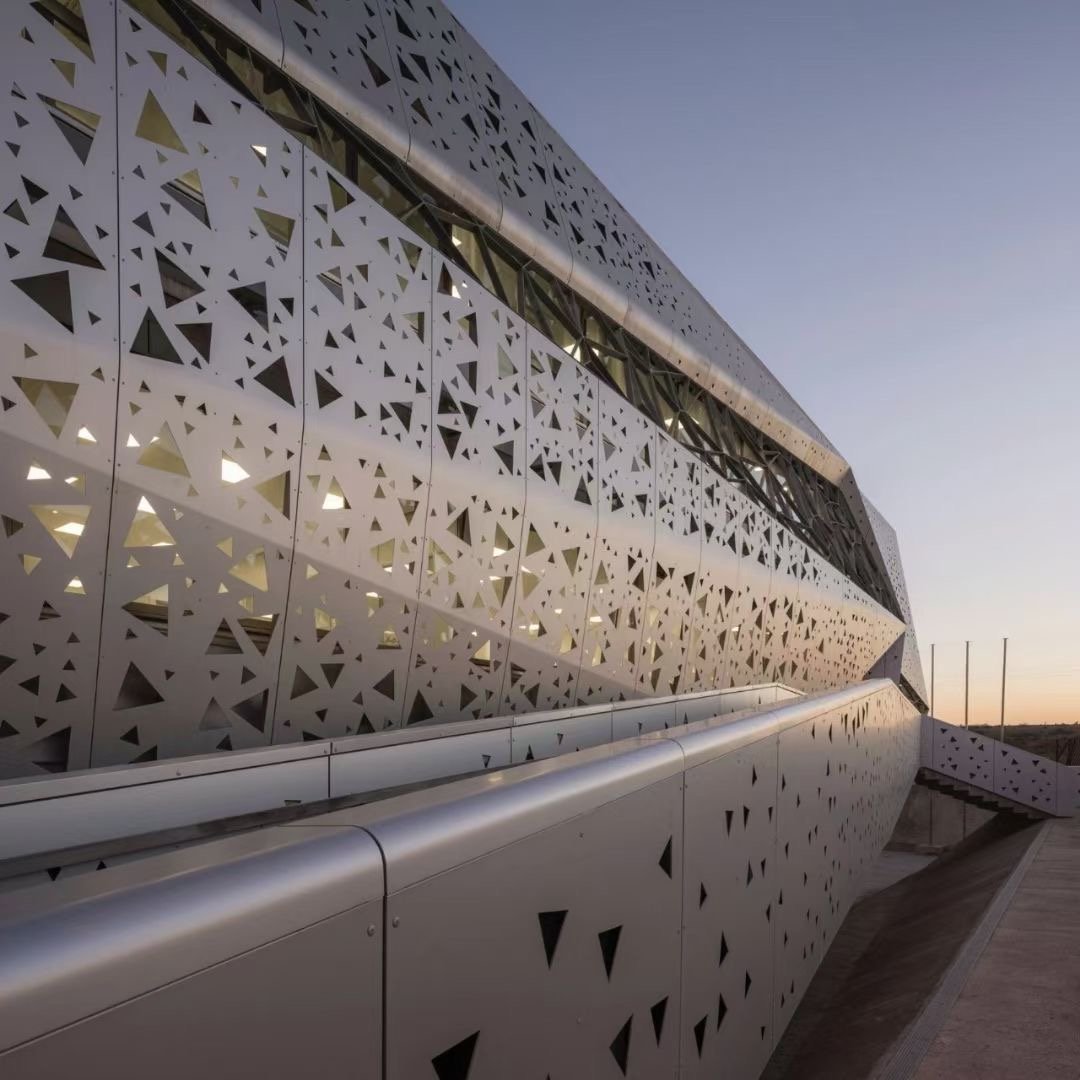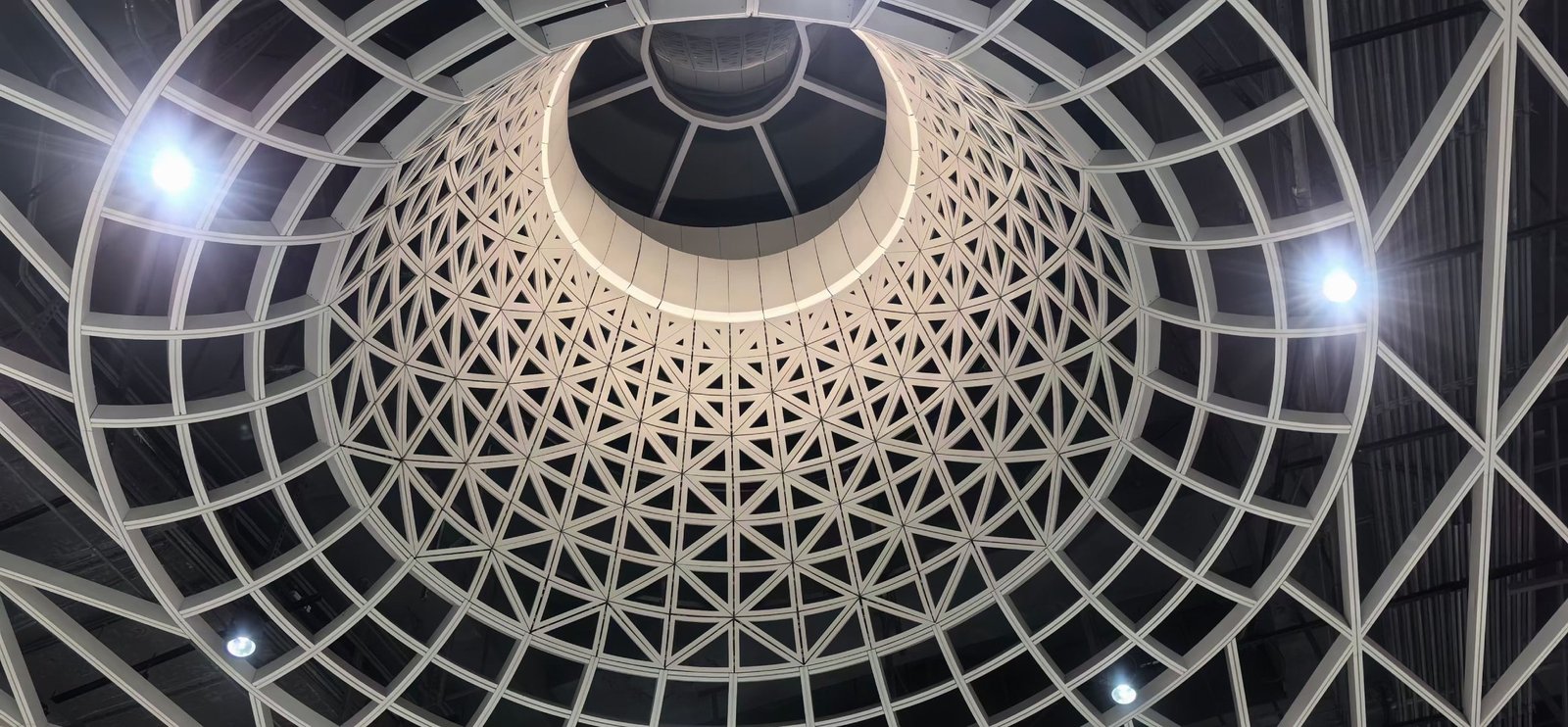Top 5 Benefits of Using Perforated Panels for Ventilation and Aesthetics

alufrom
October 22, 2024
Perforated panels have become increasingly popular in modern architecture, not only for their aesthetic appeal but also for their functional advantages. These panels, often made from aluminum, feature a series of holes or patterns that can transform the look of a building while improving its overall performance. In this article, we’ll explore the top five benefits of using perforated panels for both ventilation and aesthetics in your construction projects.
1. Enhanced Ventilation and Airflow
One of the primary benefits of perforted sheet metal is their ability to promote natural ventilation. The perforations in the panels allow air to flow through freely, making them ideal for applications where airflow is crucial.
- Improving Indoor Air Quality: In buildings like parking structures, warehouses, or factories, perforted sheet metal help improve ventilation by allowing stale air to escape and fresh air to circulate.
- Reducing the Need for Mechanical Ventilation: By using perforted sheet metal on building exteriors, you can reduce the reliance on mechanical ventilation systems, leading to energy savings.
This enhanced airflow not only improves air quality but also helps regulate indoor temperatures, contributing to a more comfortable and energy-efficient space.


2. Aesthetic Versatility
Perforated panels offer exceptional versatility in design, making them a favorite among architects and designers. These panels are available in a variety of materials, patterns, and finishes, allowing for endless customization options.
- Unique Patterns: perforted sheet metal can be designed with various hole sizes, shapes, and arrangements to create custom patterns that enhance the visual appeal of a building’s facade or interior.
- Creative Light Effects: When placed in front of windows or used as exterior cladding, perforted sheet metal can create striking light and shadow effects, adding depth and dimension to your design.
Whether you’re aiming for a sleek, modern look or a more intricate design, perforated panels offer the flexibility to match any architectural style.
3. Sunlight Control and Energy Efficiency
Another significant benefit of perforted sheet metal is their ability to control sunlight and reduce heat gain. By filtering the amount of sunlight that enters a building, perforted sheet metal can help regulate indoor temperatures and reduce the need for artificial cooling.
- Sun Shading: Perforated panels act as an effective sunshade, especially in hot climates, where excessive sunlight can cause indoor temperatures to rise. These panels can reduce glare while still allowing natural light to enter, creating a comfortable and energy-efficient environment.
- Lower Energy Costs: With perforated panels installed on exterior walls or as part of a curtain wall system, buildings can reduce their reliance on air conditioning, leading to significant energy savings over time.
The ability to control sunlight and reduce heat gain makes perforted sheet metal a practical solution for improving a building’s energy efficiency while maintaining visual appeal.


4. Improved Acoustic Performance
Perforated panels are not only excellent for ventilation and sunlight control but also play a vital role in acoustic management. They can absorb and diffuse sound, making them an ideal choice for spaces where controlling noise levels is important.
- Noise Reduction: In busy urban environments or industrial areas, perforted sheet metal can help reduce noise pollution by absorbing sound waves. This is particularly beneficial for offices, auditoriums, and other noise-sensitive spaces.
- Enhanced Acoustics: Inside a building, perforted sheet metal can be used as acoustic ceilings or wall claddings to improve sound quality in spaces like conference rooms or theaters.
By enhancing both the acoustic performance and aesthetics of a space, perforated panels serve a dual purpose in modern architecture.


5. Sustainability and Eco-Friendliness
Sustainability is a growing concern in modern construction, and perforated panels offer an eco-friendly solution that contributes to green building practices. Aluminum perforated panels, in particular, are highly sustainable due to their recyclability and low environmental impact.
- Recyclable Materials: Aluminum is 100% recyclable, making perforated aluminum panels an environmentally responsible choice for both interior and exterior applications.
- Energy Efficiency: As mentioned earlier, perforated panels help reduce the need for artificial cooling and lighting, lowering energy consumption in the process. This contributes to the overall sustainability of a building.
Incorporating perforated panels into your design not only enhances the building’s performance but also aligns with the principles of sustainable construction, reducing its carbon footprint.


